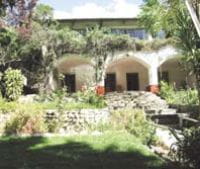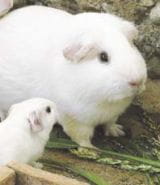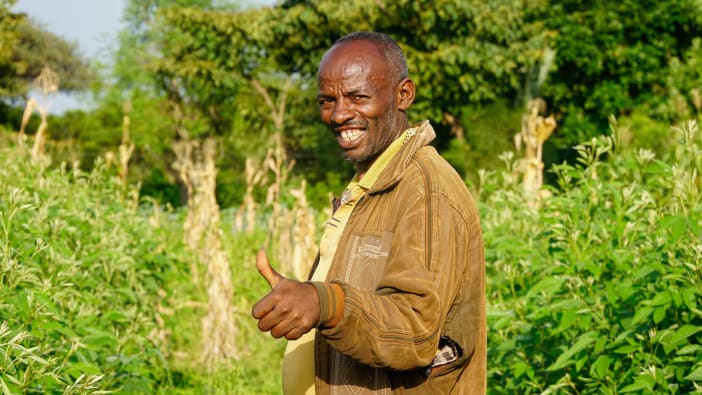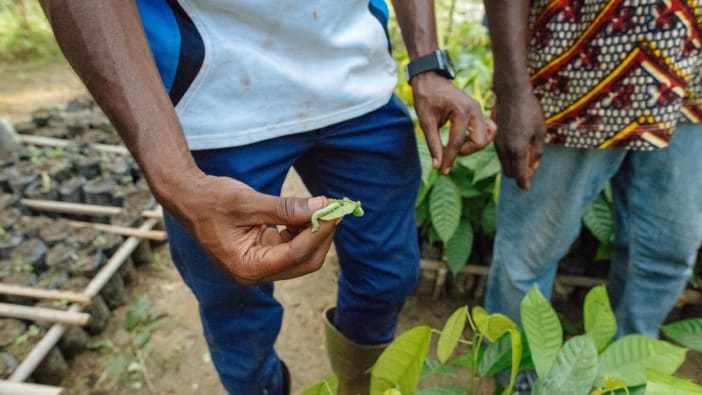Pregnancy in Type 1 guinea pigs lasts for 2 months and 1 week. There are 2–5 pups in each litter. They are weaned 15 days after birth. The females begin their reproductive cycle from three months, with 700–800 grams of live weight. The male is fertile from 3.5 months, with 750–950 grams of live weight.
In the Lindero Ecological Farm we feed them with corn, sorghum, ryegrass, elephant grass, alfalfa and clover. The fodder plants are ecologically cultivated. We use organic fertiliser such as compost. Guinea pig excrement is used to make the fertiliser. Guinea pig meat raised on the Lindero Ecological Farm does not contain chemical products that affect human health because we minimise the use of medicines.
Helping others
The farm is visited by students, families and local people who want to see the guinea pig facilities and the systems of breeding and feeding. Visitors are then able to adapt these techniques and put them into practice in their own settings – either for production at the family level or as a business. Guinea pigs can be bred by people living in towns and cities as well as in rural areas. Other people go to visit the farm’s restaurant, which serves traditional guinea pig dishes.
We use part of the profits from guinea pig breeding to maintain and improve the productivity of the guinea pigs. We use the rest to provide care for boys, girls and adolescents who are victims of sexual abuse, as well as women who are victims of domestic violence, who are currently staying in our accommodation on a temporary basis. A new shelter is currently under construction and the farm will have an important role in sustaining it. At the same time, the young people receiving shelter are involved in productive activities. When they return to their homes they will be able to share the skills they have learned in guinea pig breeding and other activities with their families. In this way they can improve their families’ agricultural production.
Julio de la Cruz Torreblanca is the manager of Lindero Ecological Farm.
Paz y Esperanza-Huánuco
Dámaso Beraún No 1124
Huánuco
Peru
Email: [email protected] Please write emails in Spanish.
Small animals can be bred in a sustainable way that does not place heavy demands on natural resources. Their meat is a source of protein, which is important for health.
For further advice on how to breed guinea pigs and other small livestock such as rabbits and poultry, see Footsteps 10. Andean guinea pigs. Lindero Ecological Farm.











